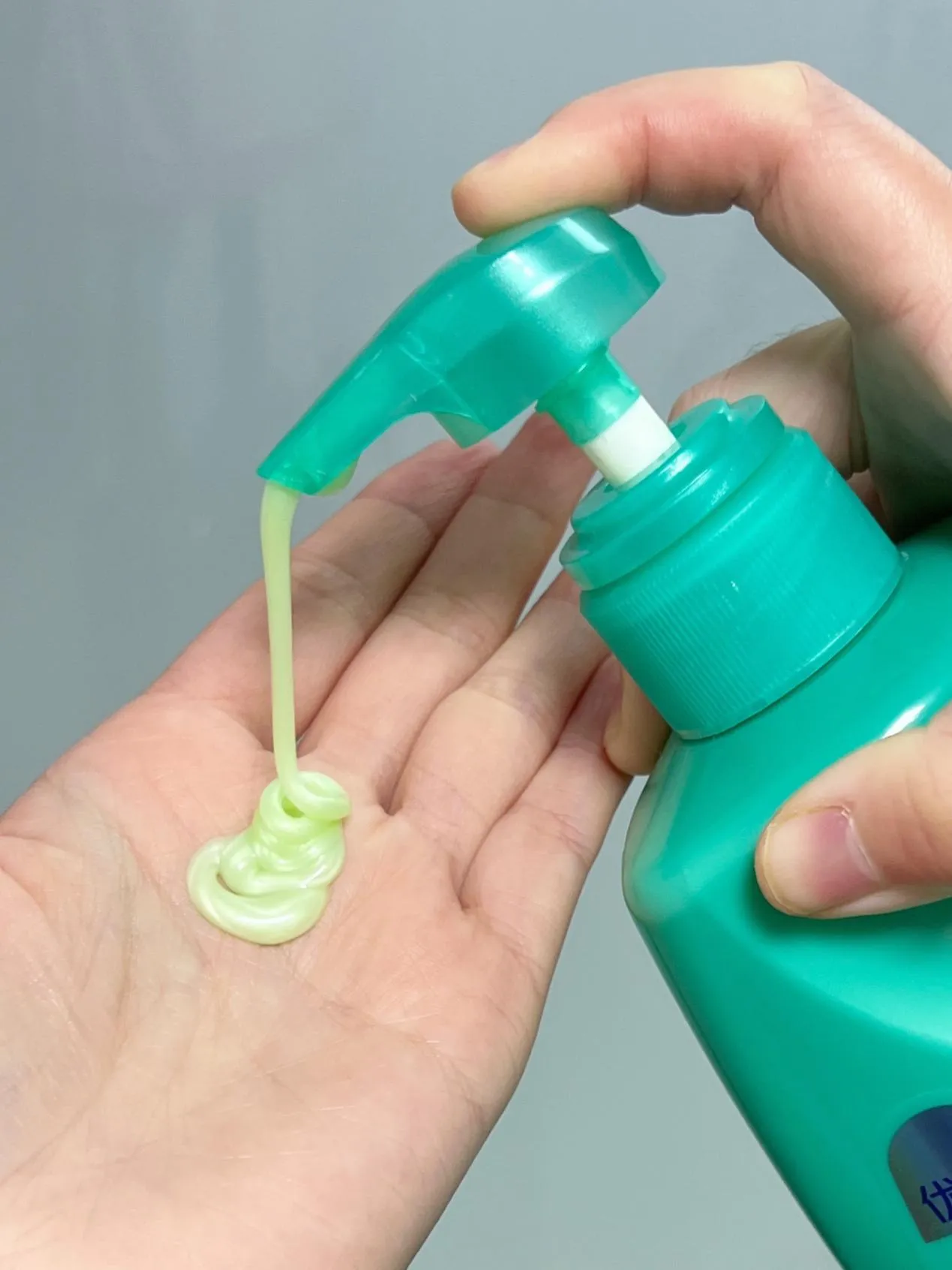
Hydroxypropyl and Hydroxyethyl Starches Properties Applications and Benefits
Hydroxypropyl starch and hydroxyethyl starch are essential modified starches widely used in food, pharmaceuticals, and personal care products. Their unique chemical structures improve solubility, stability, and functional performance compared to native starch. This article explores the key derivatives such as hydroxypropyl starch ether, hydroxypropyl distarch phosphate, and hydroxyethyl starch, as well as their applications in food, medical, and cosmetic industries.

Types of Hydroxy Starches and Their Properties
Hydroxypropyl Starch Derivatives
Hydroxypropyl starch is a chemically modified starch where hydroxypropyl groups are introduced to enhance water solubility, clarity, and stability. These properties make it highly valuable in both food and cosmetic applications. Key derivatives include:
Hydroxypropyl starch ether – Offers improved solubility and is widely used in pharmaceutical suspensions and processed foods.
Hydroxypropyl starch phosphate and hydroxypropyl distarch phosphate (E1442) – These derivatives provide enhanced thickening, thermal stability, and textural improvement in food products.
Hydroxypropyl pea starch – Sourced from peas, suitable for clean-label and plant-based applications.
Hydroxypropyl phosphate – Often used as a stabilizer and emulsifier in complex formulations.
Hydroxypropyl starch food – Used as a stabilizer, thickener, and moisture-retention agent in a variety of processed foods.
Hydroxypropyl starch phosphate curly hair and hydroxypropyl starch phosphate for hair – Applied in personal care products to improve hair curl retention, manageability, and styling performance.
These hydroxypropyl starch derivatives offer functional improvements such as enhanced solubility, stability under heat or acidic conditions, and improved film-forming capabilities.
Hydroxyethyl Starch (HES)
Hydroxyethyl starch (HES) is another key modified starch used primarily in medical and industrial applications. The hydroxyethyl substitution provides excellent water solubility and viscosity control, making it suitable for intravenous and pharmaceutical applications. Common HES types include:
6 hydroxyethyl starch – Standard modification that enhances solubility and thickening properties.
HES hydroxyethyl starch – A widely used form in plasma volume replacement and pharmaceutical suspensions.
Hydroxyethyl starch 130 0.4 – Defined by molecular weight and degree of substitution, influencing its viscosity and circulation time in medical applications.
Hydroxyethyl starch IV – Ready-to-use solutions for intravenous therapies.
Hydroxyethyl starch solution – Used in hospitals and labs as a stabilizer or plasma expander.
The term hydroxy starch encompasses both hydroxypropyl and hydroxyethyl modifications, allowing for a wide range of industrial and medical applications.

Applications of Hydroxypropyl and Hydroxyethyl Starches
Food, Cosmetic, and Industrial Uses
Hydroxypropyl starch food and hydroxypropyl distarch phosphate E1442 are widely used in the food industry for:
Thickening soups, sauces, and gravies.
Stabilizing dairy products and desserts.
Improving moisture retention and texture in baked goods.
Hydroxypropyl pea starch provides a non-GMO and plant-based option suitable for natural and clean-label products. The inclusion of hidroksipropil fosfat enhances stability and emulsification in complex food matrices.
In cosmetics, hydroxypropyl starch derivatives are applied in hair and skin care:
Hydroxypropyl starch phosphate curly hair – Helps retain curls and improve hair texture.
Hydroxypropyl starch phosphate for hair – Improves manageability, shine, and styling performance.
Industrial applications include adhesives, paper coatings, and textile formulations, where hydroxypropyl starch provides viscosity control, stability, and improved texture.

Pharmaceutical and Medical Applications
Hydroxyethyl starch (HES) derivatives are essential in medical applications:
HES hydroxyethyl starch IV and hydroxyethyl starch solution are commonly used as plasma volume expanders in surgery and critical care.
The viscosity and molecular weight, such as in hydroxyethyl starch 130 0.4, determine circulation time, osmotic pressure, and therapeutic efficiency.
6 hydroxyethyl starch provides improved solubility and handling for pharmaceutical suspensions.
These applications highlight the importance of understanding hydroxy starch derivatives and selecting the right type for specific food, cosmetic, or medical applications.
Conclusion
Hydroxypropyl starch and hydroxyethyl starch are versatile modified starches with applications across food, cosmetic, and medical industries. Derivatives like hydroxypropyl starch ether, hydroxypropyl distarch phosphate E1442, and hydroxypropyl pea starch offer improved solubility, stability, and functionality for processed foods, adhesives, and hair care products.
Hydroxyethyl starch (HES), including 6 hydroxyethyl starch, HES hydroxyethyl starch, and hydroxyethyl starch 130 0.4, provides essential functionality in medical applications, particularly in intravenous therapies and plasma volume replacement.
Understanding the properties, solubility, and functional uses of hydroxy starch derivatives allows manufacturers, food technologists, and healthcare professionals to optimize product performance and deliver reliable, high-quality outcomes.
FAQs About Hydroxypropyl and Hydroxyethyl Starches
1. What is hydroxypropyl distarch phosphate E1442 used for?
Hydroxypropyl distarch phosphate E1442 is commonly used as a thickener, stabilizer, and moisture-retention agent in processed foods. It is also applied in cosmetic products for hair and skin care due to its film-forming properties.
2. How does hydroxypropyl starch phosphate curly hair improve hair?
Hydroxypropyl starch phosphate curly hair helps retain curls, reduce frizz, and enhance manageability in hair care products such as shampoos, conditioners, and styling gels.
3. What are the main benefits of hydroxyethyl starch IV?
Hydroxyethyl starch IV is used in medical treatments as a plasma volume expander. It helps maintain blood volume during surgery or critical care, reducing the need for blood transfusions.
4. What is hydroxypropyl pea starch used for in food products?
Hydroxypropyl pea starch is a plant-based, non-GMO alternative used as a stabilizer, thickener, and moisture-retention agent in soups, sauces, desserts, and baked goods.
5. How does hydroxypropyl starch ether differ from other starch derivatives?
Hydroxypropyl starch ether has enhanced water solubility and stability, making it suitable for applications in pharmaceutical suspensions, processed foods, and personal care products. It is more versatile than native starch or less modified derivatives.
-
Hydroxypropyl Starch as a Sustainable Construction AdditiveNewsNov.24,2025
-
The Gelation Properties of CMCNewsNov.21,2025
-
Redispersible Latex Powder and Water Retention CapacityNewsNov.21,2025
-
Dosage Control for Polycarboxylate Water ReducerNewsNov.21,2025
-
Film-Forming Properties of Polyvinyl AlcoholNewsNov.21,2025
-
The Function of Gypsum Additives in MortarNewsNov.21,2025

Hydroxypropyl and Hydroxyethyl Starches: Properties, Applications, and Industry Uses
Modified starches have become indispensable in food, pharmaceutical, cosmetic, and industrial applications, thanks to their improved stability, solubility, and functional performance. Among these, hydroxypropyl starch ether, hydroxypropyl starch, and hydroxyethyl starch are some of the most widely used derivatives. These starches are obtained by introducing hydroxypropyl or hydroxyethyl groups into natural starch, enhancing properties like freeze-thaw stability, viscosity control, and resistance to retrogradation.

Variants such as hydroxypropyl starch phosphate, hydroxypropyl distarch phosphate, and hydroxyethyl starch solution have specialized functions in industries ranging from food to medicine. Even niche applications—like hydroxypropyl starch phosphate curly hair treatments in personal care—benefit from these modified starches’ versatility.
1. Hydroxypropyl Starch and Its Derivatives
Hydroxypropyl starch is produced by treating native starch with propylene oxide. This modification improves the starch’s stability under acidic or alkaline conditions, as well as its resistance to high-temperature processing.
Hydroxypropyl starch ether is especially valued in construction materials, acting as a thickener, water retention agent, and workability enhancer in cement-based products. In the food industry, hydroxypropyl starch food is used to stabilize sauces, pie fillings, and dairy products.
Hydroxypropyl Starch Phosphate and Distarch Phosphate
Hydroxypropyl starch phosphate is a dual-modified starch with both hydroxypropyl and phosphate groups. This combination increases swelling power, freeze-thaw stability, and resistance to syneresis.
Hydroxypropyl distarch phosphate is widely known by its food additive code, hydroxypropyl distarch phosphate E1442. It is common in frozen foods, canned soups, and sauces, ensuring stable texture during storage and reheating.
Hydroxypropyl phosphate is a related compound that plays a role in both food and industrial formulations, enhancing dispersibility and emulsification.
Specialty Variants
Hydroxypropyl pea starch is derived from pea starch, offering a plant-based alternative for gluten-free and clean-label food formulations.
Hydroxypropyl starch phosphate curly hair products are used in cosmetics for conditioning and moisture retention, catering to the natural hair care market.
2. Hydroxyethyl Starch: Medical and Industrial Applications
Hydroxyethyl starch (HES) is created by treating starch with ethylene oxide, producing a highly soluble and stable polymer. While hydroxy starch is a general term, hydroxyethyl starch has specific uses in medicine and industry.
Medical Use
Hydroxyethyl starch IV solutions are plasma volume expanders used in medical settings to treat hypovolemia (low blood volume).
Formulations like 6 hydroxyethyl starch and hydroxyethyl starch 130 0.4 differ in molecular weight and substitution ratio, affecting their pharmacokinetics and clinical use.
HES hydroxyethyl starch solutions are regulated substances, with usage guidelines to minimize risks in patients.
Hydroxyethyl starch hes is commonly found in intravenous infusions under controlled medical supervision. The hydroxyethyl starch solution is carefully prepared for compatibility with human physiology, ensuring safety and efficacy.
Industrial Use
Beyond medicine, hydroxyethyl starch is used as a thickener, stabilizer, and binder in adhesives, coatings, and textile printing. Its excellent film-forming ability and viscosity stability make it ideal for demanding industrial processes.
3. Cross-Industry Benefits and Functional Performance
Both hydroxypropyl and hydroxyethyl starch derivatives offer benefits across industries:
Improved Freeze-Thaw Stability: Essential for frozen foods and cold-chain products.
Enhanced Viscosity Control: Maintains texture under various temperatures and pH levels.
Reduced Retrogradation: Keeps food and cosmetic products smooth and stable over time.
Film-Forming and Binding: Ideal for coatings, adhesives, and paper products.
Moisture Retention: Critical in personal care, construction, and food applications.
For example, hydroxypropyl starch ether in tile adhesives ensures even application and strong bonding, while hydroxypropyl starch phosphate curly hair treatments help lock in moisture and improve manageability.
Conclusion: The Versatility of Modified Hydroxy Starches
From hydroxypropyl starch food formulations to hydroxyethyl starch IV medical solutions, these modified starches demonstrate remarkable adaptability. Whether it’s the construction industry using hydroxypropyl starch ether, the food industry incorporating hydroxypropyl distarch phosphate E1442, or personal care products featuring hydroxypropyl starch phosphate curly hair treatments, the scope of applications is vast.
The ability of these starch derivatives to enhance stability, texture, and performance under challenging conditions makes them indispensable. As clean-label, plant-based, and high-performance demands grow, specialty options like hydroxypropyl pea starch will gain even more importance.
By understanding the distinctions—hydroxypropyl starch for food and industrial use, hydroxyethyl starch solution for medical and technical applications—manufacturers and formulators can make informed choices, ensuring the best outcomes for their products and customers.
FAQ Section
FAQ 1: What is hydroxypropyl starch ether used for?
Answer: Hydroxypropyl starch ether is mainly used in construction materials as a thickener and water retention agent, improving the workability and adhesion of cement-based products.
FAQ 2: What is hydroxypropyl distarch phosphate E1442 in food?
Answer: Hydroxypropyl distarch phosphate E1442 is a modified starch used as a stabilizer and thickener in sauces, soups, and frozen foods, providing freeze-thaw stability and consistent texture.
FAQ 3: What is the difference between hydroxyethyl starch and hydroxypropyl starch?
Answer: Hydroxyethyl starch is commonly used in medical IV solutions and industrial applications, while hydroxypropyl starch is more often used in food, cosmetics, and construction for thickening, stabilizing, and binding.
FAQ 4: What does hydroxypropyl starch phosphate curly hair do?
Answer: Hydroxypropyl starch phosphate curly hair treatments help retain moisture, reduce frizz, and improve the texture and manageability of curly hair in personal care formulations.
FAQ 5: What is hydroxyethyl starch 130 0.4 used for?
Answer: Hydroxyethyl starch 130 0.4 is a specific type of medical-grade hydroxyethyl starch used in intravenous solutions to expand plasma volume in patients with low blood volume.
-
Hydroxypropyl Starch as a Sustainable Construction AdditiveNewsNov.24,2025
-
The Gelation Properties of CMCNewsNov.21,2025
-
Redispersible Latex Powder and Water Retention CapacityNewsNov.21,2025
-
Dosage Control for Polycarboxylate Water ReducerNewsNov.21,2025
-
Film-Forming Properties of Polyvinyl AlcoholNewsNov.21,2025
-
The Function of Gypsum Additives in MortarNewsNov.21,2025





















